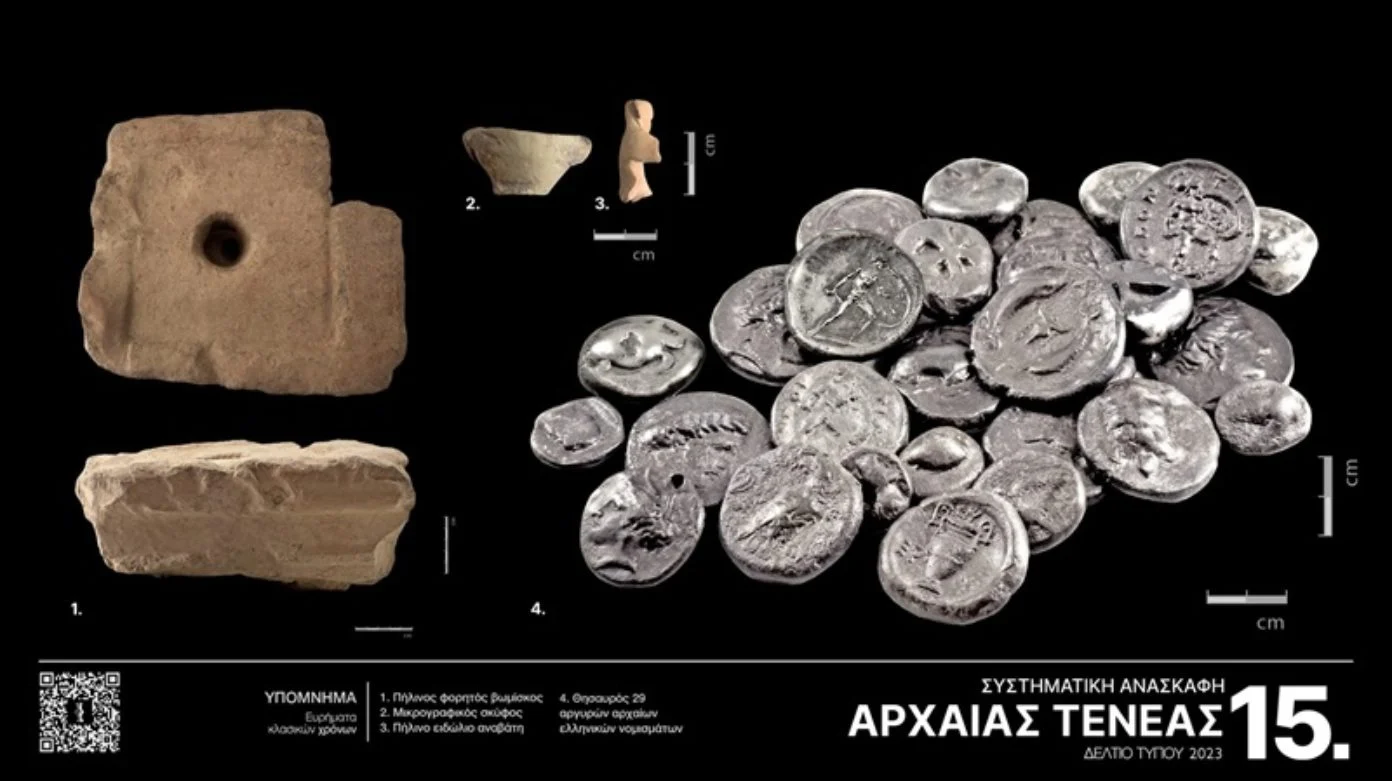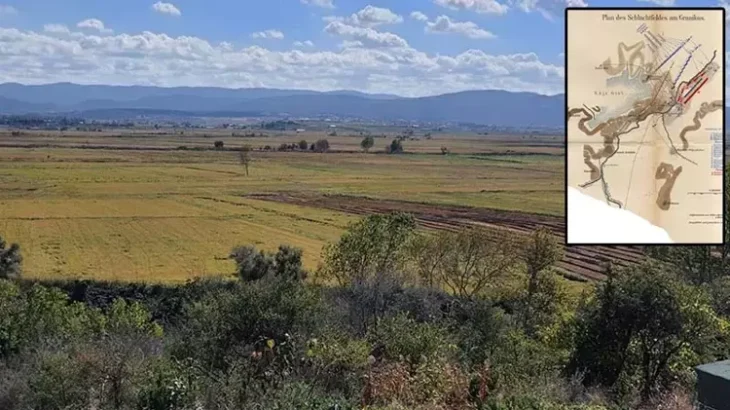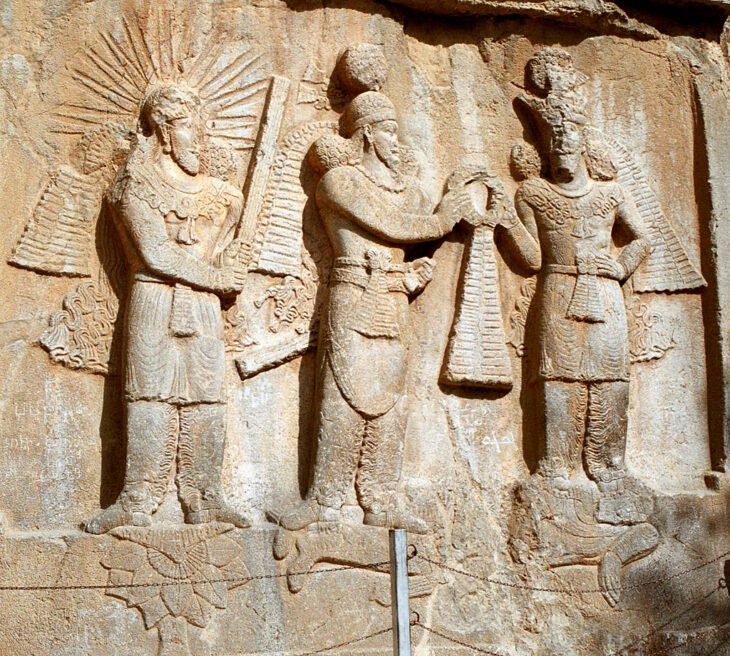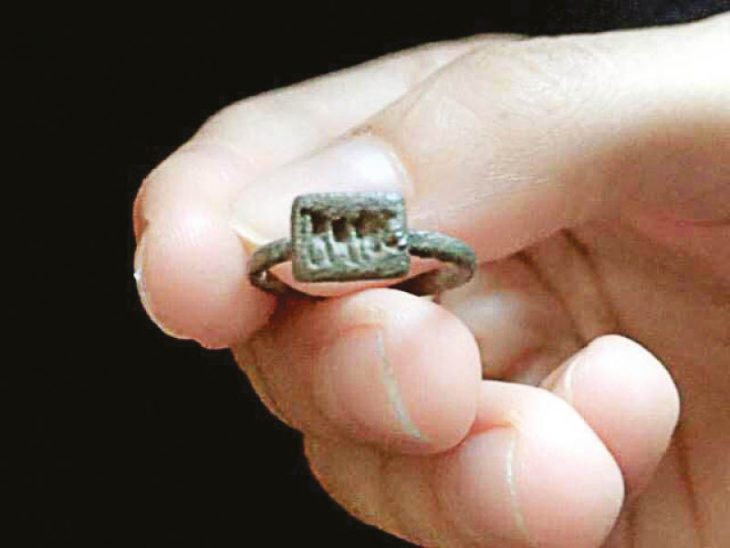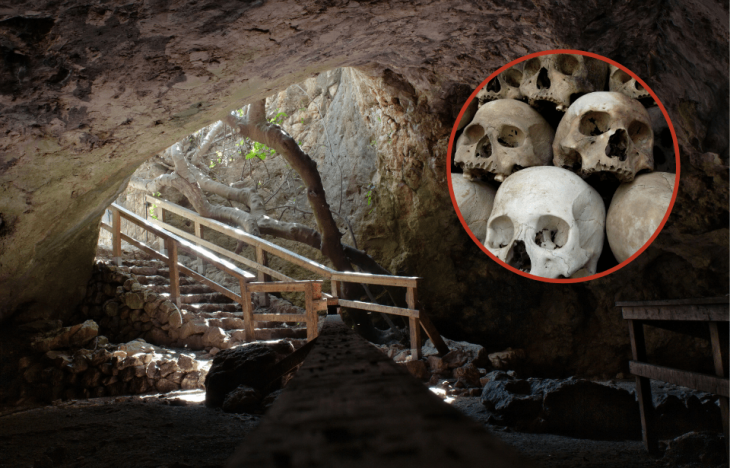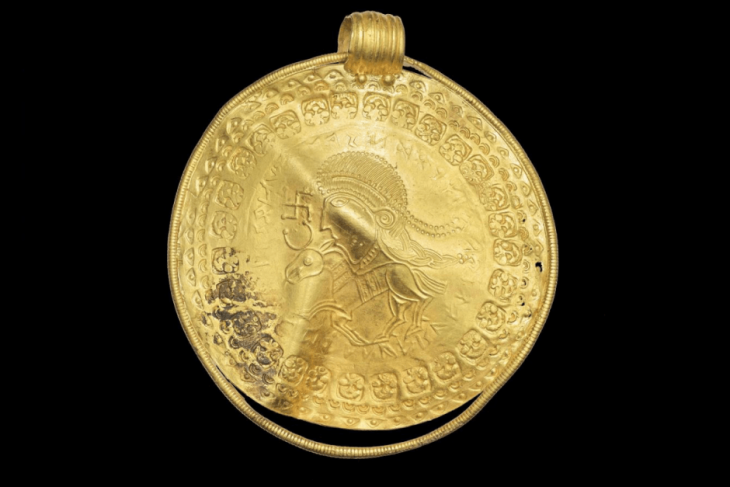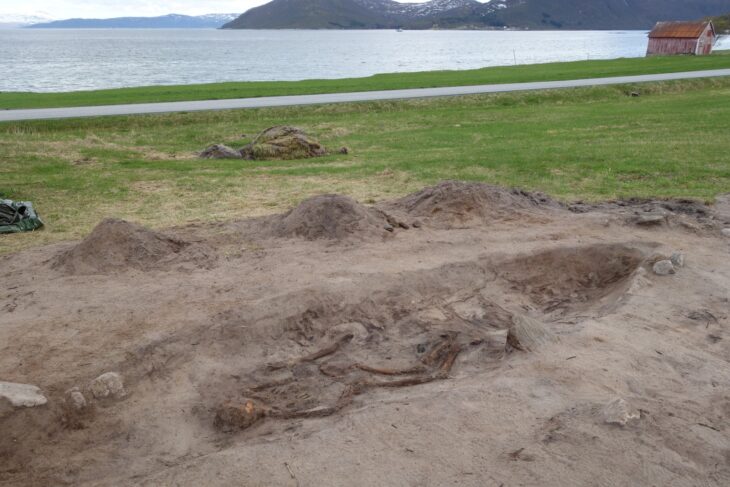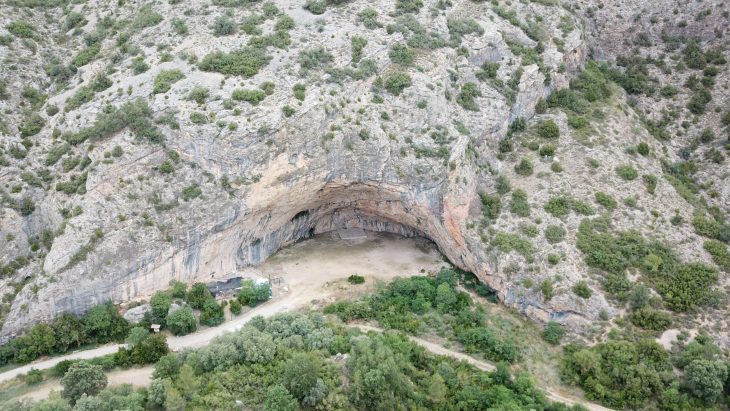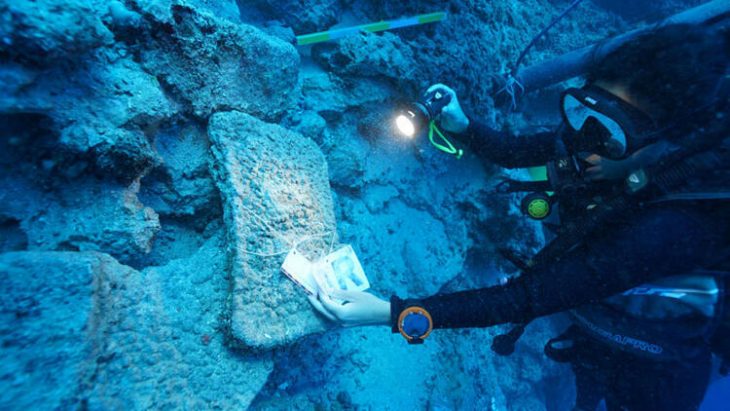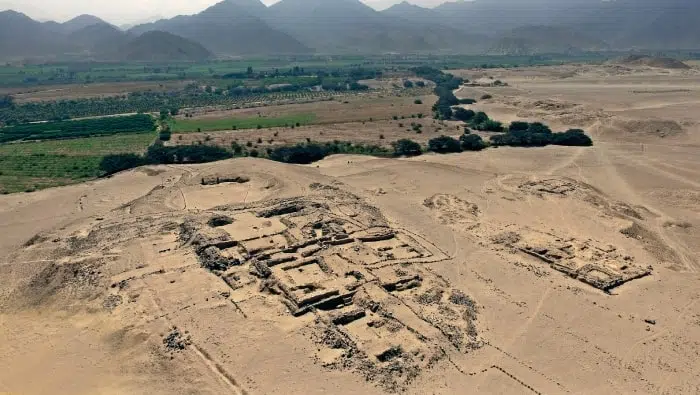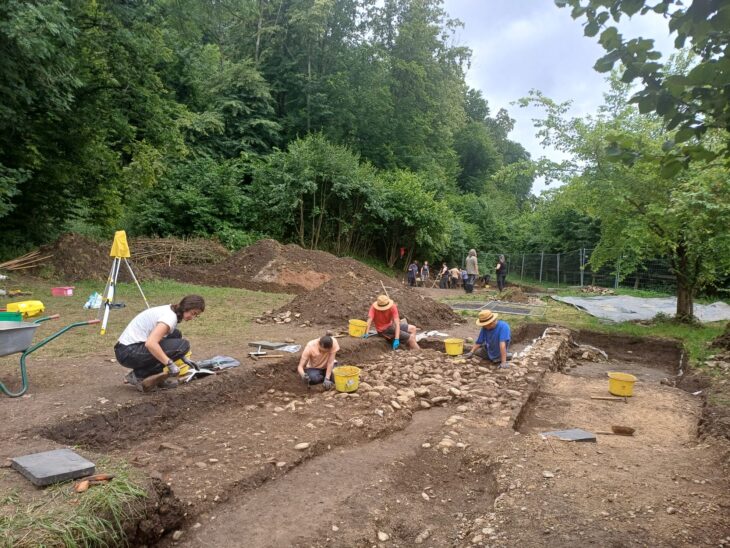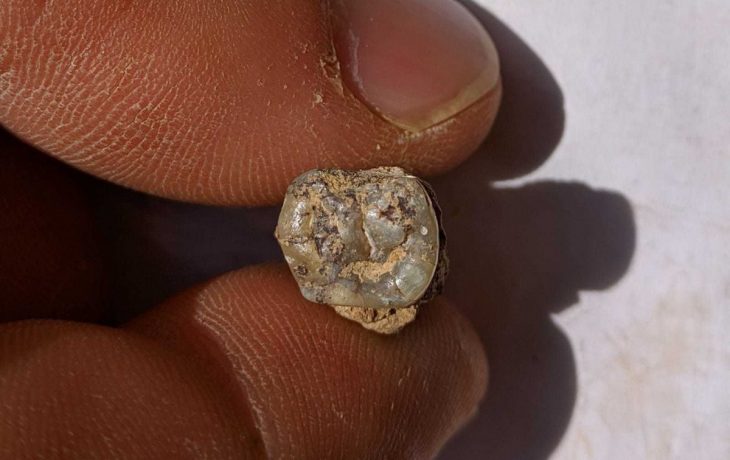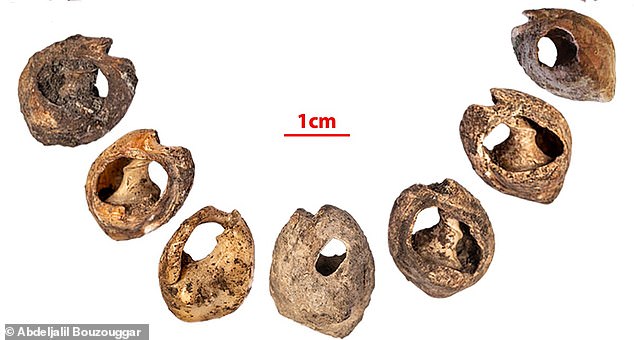Archaeologists have unearthed part of Hadrian’s aqueduct, one of the largest hydraulic works of the 2nd century AD, and a wonderful treasure during archaeological excavations in Tenea, an ancient Greek town near Corinth.
Directorate of Prehistoric and Classical Antiquities of the Ministry of Culture said the discovery was made during excavations at Chiliomodi in Corinthia, southern Greece, in October 2023, which also yielded, among other significant finds, a treasure trove of 29 rare silver ancient Greek coins dating from the late 6th century BC to the 330s BC.
Several are among the rarest and most historic coins of ancient Greece, the ministry says.
They include three staters of Elis minted at Olympia during different Olympic Games, staters of Aegina with a land instead of a sea turtle, staters of Stymphalos, Argos and Opuntia Lokron, as well as staters of Thebes from the 5th century BC depicting Hercules suffocating two snakes with his hands.
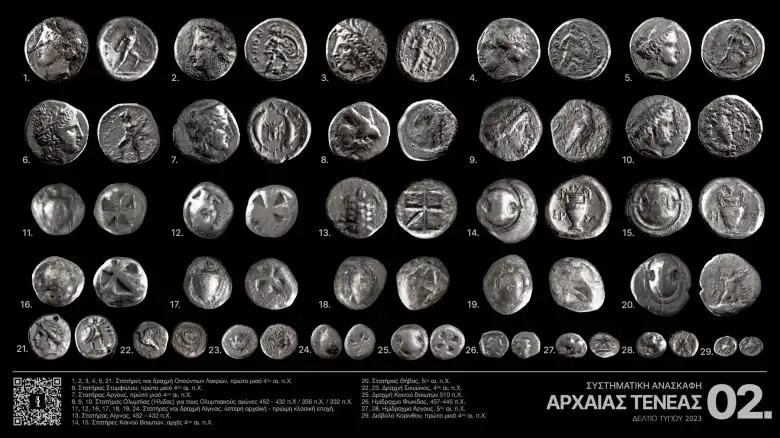
The presence of this treasure is linked to the discovery of ritual artifacts (female and animal figurines, miniature vessels, and others) last year and this year, giving the uncovered sites a distinct ritual character.
The excavations at the site, which is about 80 kilometers southwest of Athens, provided archaeologists with an excellent opportunity to discover and study a section of the Hadrianic aqueduct that brought water to the ancient city of Corinth from Stymphalus.
According to a statement issued by the Ministry of Culture, the unearthed aqueduct near the Roman baths along the Karkana River is one of Greece’s largest hydraulic works of the 2nd century AD. Archaeologists managed to excavate about 31 meters in a north-south direction. Based on preliminary studies, researchers could determine the structure has external vertical walls that are 3.20 meters in height. It is a water conduit constructed with a semicircular vaulted roof, whose surface was visible in antiquity.
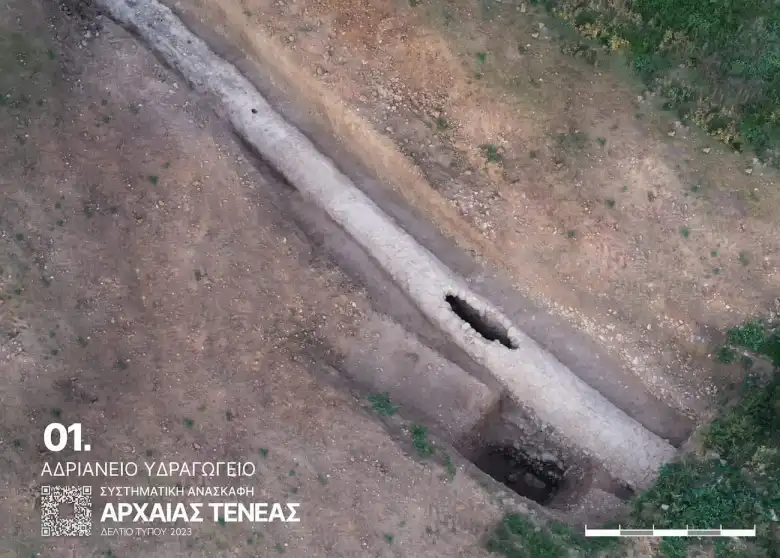
For ages, Tenea existed only in myths and historical texts. According to legend, it was constructed by Trojan prisoners of war circa 1100 BC.
At the same time, a portion of the prehistoric settlement of Tenea was found and excavated, dating back to the Early Bronze Age II (2600-2300 BC), confirming the occupation of the area before the fall of Troy. It was found on the outskirts of the hill Agioi Asomatoi, east of the aqueduct.
In addition, a rich complex of buildings from the late archaic to the Hellenistic period was discovered and excavated, including individual places of worship and three extremely elaborate cisterns, one of which had a cathodic-anodic scale.
Cover Credit: Ministry of Culture

